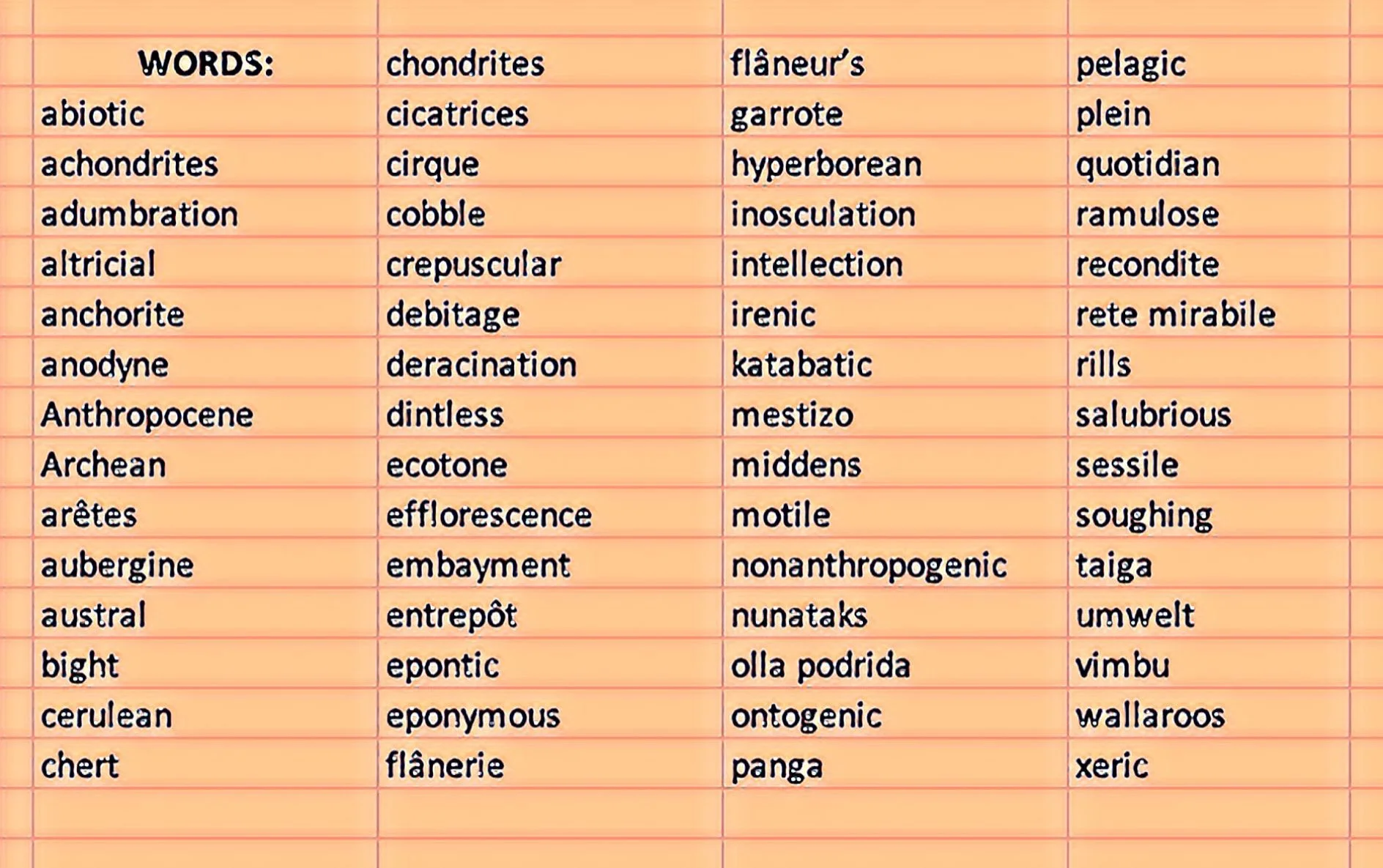All in Science
Janna Levin's "BLACK HOLE BLUES AND OTHER SONGS FROM OUTER SPACE"
Science can be a noble pursuit but the humans who “do” science are subject to the same hopes, fears, and dreams as the rest of us. Understanding something about how this is all done is one more step in understanding what separates humans from other life forms.
William Bixby's “GALILEO AND NEWTON”
This short Kindle book, divided into two parts, provides just enough information to help the reader understand where Galileo and Newton stand in the evolution of Western scientific thought and practice.
Edward O. Wilson's THE MEANING OF HUMAN EXISTENCE
This is a profoundly entertaining and thought-provoking book.
Alan de Queiroz' THE MONKEY's VOYAGE: HOW IMPROBABLE JOURNEYS SHAPED THE HISTORY OF LIFE
Ultimately science is about the data. Even the strongest “schools of thought” crumble at data’s doorstep.
Boris Chertok's “ROCKETS AND PEOPLE VOLUME 3: HOT DAYS OF THE COLD WAR”
I can’t help but wonder when reading about these exciting times what it might have been like had the U.S. and Soviet Union cooperated in space exploration earlier on. Would the combined resources have resulted in greater joint accomplishments like a moon base or a landing on Mars? Or was the competition and secrecy effective in pushing both sides ahead?
Richard P. Feynman's “SURELY YOU MUST BE JOKING, MR. FEYNMAN!”
For a successful technology, reality must take precedence over public relations, for nature cannot be fooled.
Jim Baggott: “THE FIRST WAR OF PHYSICS: THE SECRET HISTORY OF THE ATOMIC BOMB, 1939-1949”
I’ve always been fascinated by “big science” projects and how they were managed. Often there’s a confluence of private and public sector, academia, and military; the nuclear arms race as presented here is certainly not an exception.
Benford & Brin's HEART OF THE COMET
The scale and scope of the operation are huge. Hundreds of crew are sent in deep sleep while a smaller “first shift” prepares the massive ball of ancient ice for human habitation. The authors think through the physics and the logistics of such a massive operation and make you believe — almost — that something like this might really work.



















